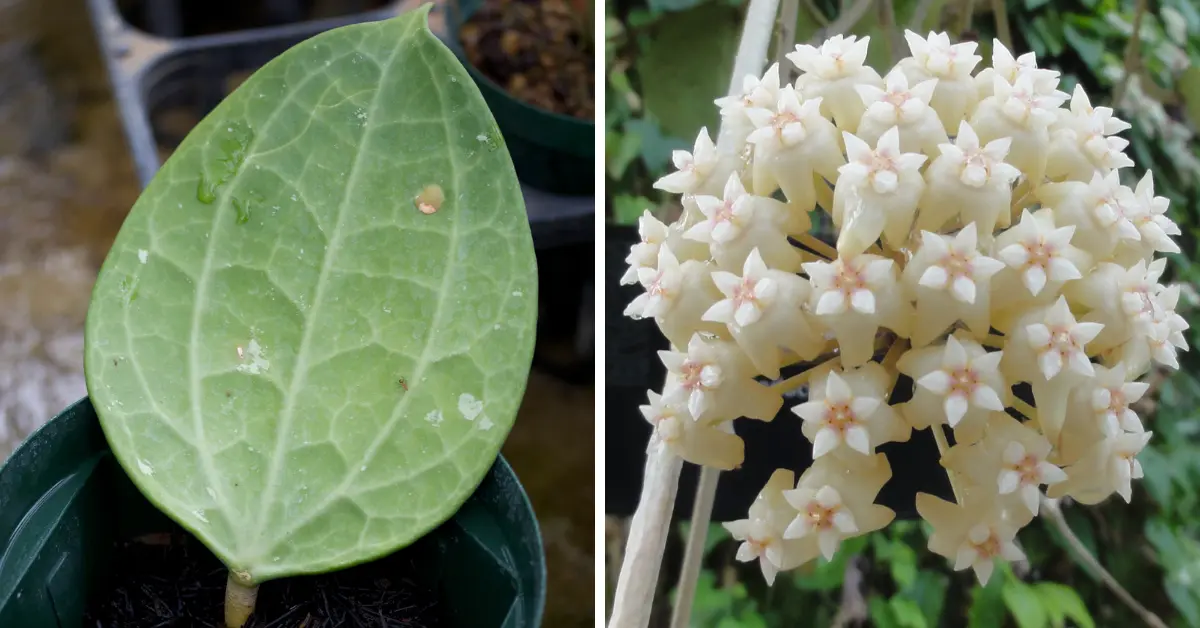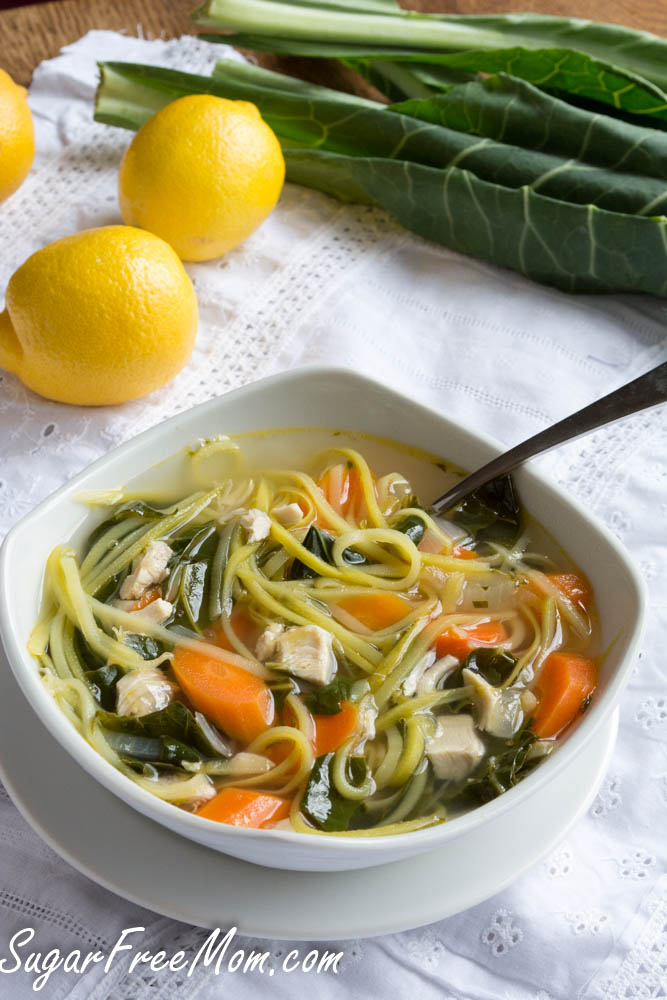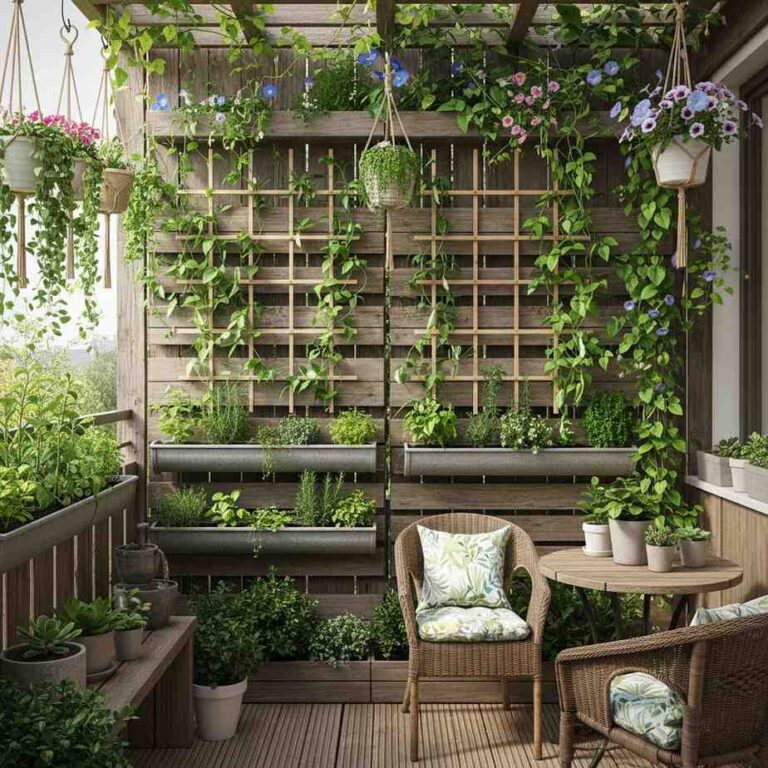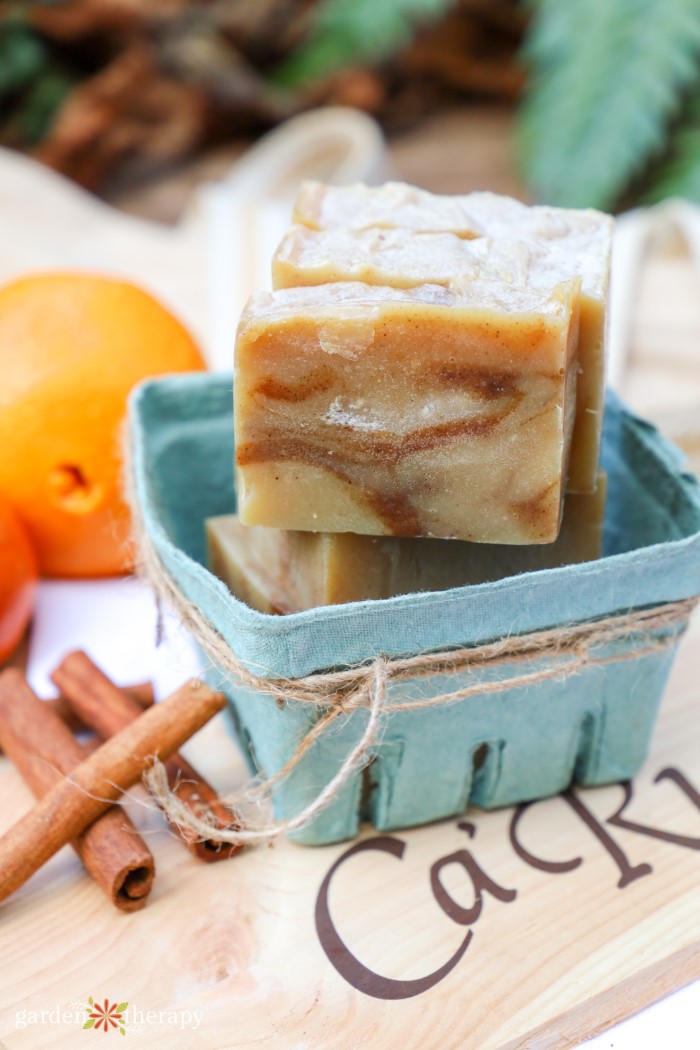Do you love monsteras but want a plant that blooms just like them? Hoya latifolia might be it!
Hoya latifolia is commonly known as the dinner plate hoya because its leaves are large and round, resembling an edible plate. The leaves have prominent white veins and turn slightly red when exposed to sunlight. And, if cared for correctly, it will produce beautiful large clusters of up to 50 sweet-smelling yellow flowers.
I think this would be great to have in your living room. Keep reading to learn how to care for this.
Hoya latifolia profile
Native to Singapore’s hot climate, Hoya latifolia is a vine with large leaves that earned it the nickname ‘dinner plate hoya’. The leaves can be up to 10 inches (25 centimeters) long, grow very thick, and withstand all kinds of external influences.
In its native habitat, this ascidian species grows upwards on large trees in search of light. Although the light remains filtered through the large canopy. Considering its origin, it is best placed in semi-shade and not in direct sunlight.
Hoya latifolia produces huge clusters of pale pink and white flowers when it is about two years old. If you look closely, it’s star-shaped.
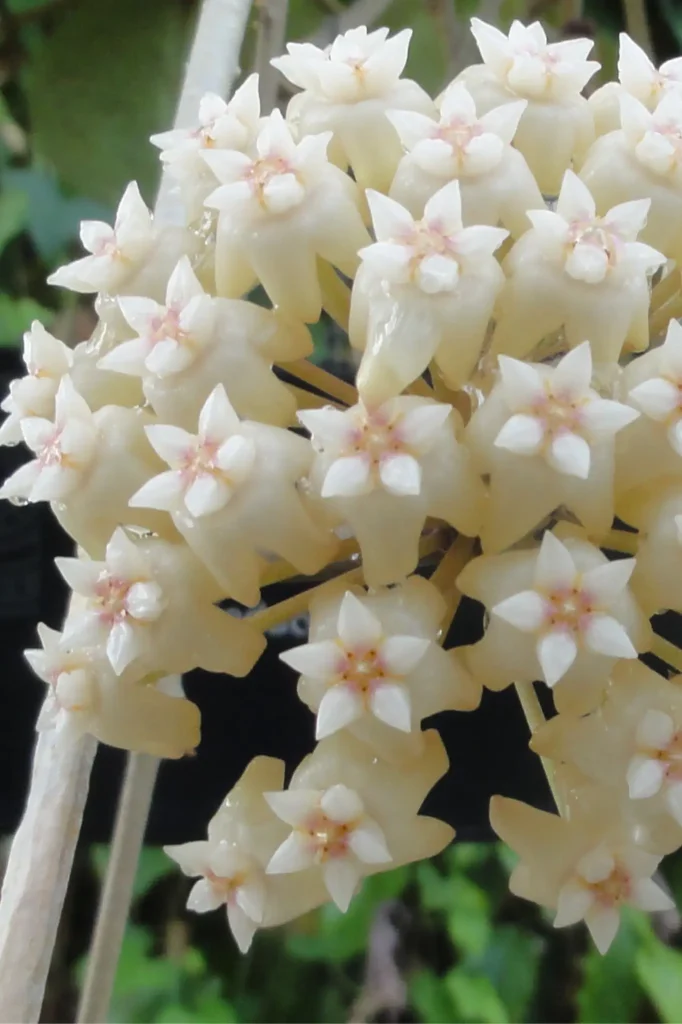
How to care for Hoya latifolia
light
To grow your Hoya latifolia, make sure it receives at least four hours of bright, indirect light a day. It can tolerate temporary low light conditions, but long-term exposure can weaken growth and make it more susceptible to disease. This also means that because H. latifolia is so large, you will need to rotate the container from time to time to ensure that all parts of the plant receive even light.
For optimal growth, a quarter turn every 1-2 weeks is recommended. You can also connect it with your watering habits.
soil requirements
Latifolia prefers almost natural or slightly acidic soil. But optimal pH isn’t everything. This Hoya variety grows in well-drained soil with good aeration, which is important to prevent root rot. A mixture of peat, orchid bark, perlite or vermiculite will ensure optimal conditions.
Cactus mixes are also very effective.
perfect temperature
Consider that H. latifolia is a tropical plant, so it prefers a warm, humid environment.
During the warmer months of the year, you can consider moving it outdoors as long as the temperature stays above 60°F (15°C).
When growing indoors, avoid placing containers near radiators or doors if drafts are a problem in your home.
watering
Establish a consistent watering routine for your Hoya Latifolia, allowing the soil to dry between waterings.
During warmer months, make sure it’s fully saturated so water can drain out of the pot’s drainage holes. As fall and winter approach, anticipate dormancy and reduce watering frequency as plants slow in growth and activity.
Fertilization
Hoyas, including latifolia, are not very demanding when it comes to nutrients. Consider a half-strength potassium-based fertilizer during the active growing season.
As plants go dormant in the fall and winter, reduce the amount of fertilizer applied to accommodate the natural growth slowdown.
Replanting and propagation
You can easily grow your H. latifolia collection from cuttings. In my experience, they take root very well in just a few days. You can start cuttings at any time during the growing season from spring to summer.
The growing season, preferably early spring, is also the ideal time to repot hoyas. Hoya latifolia grows quickly compared to other Hoyas in its family. However, despite maintaining a very shallow root system, the need for frequent repotting is reduced. It seems that it will need to be replanted once every 2 to 3 years.

